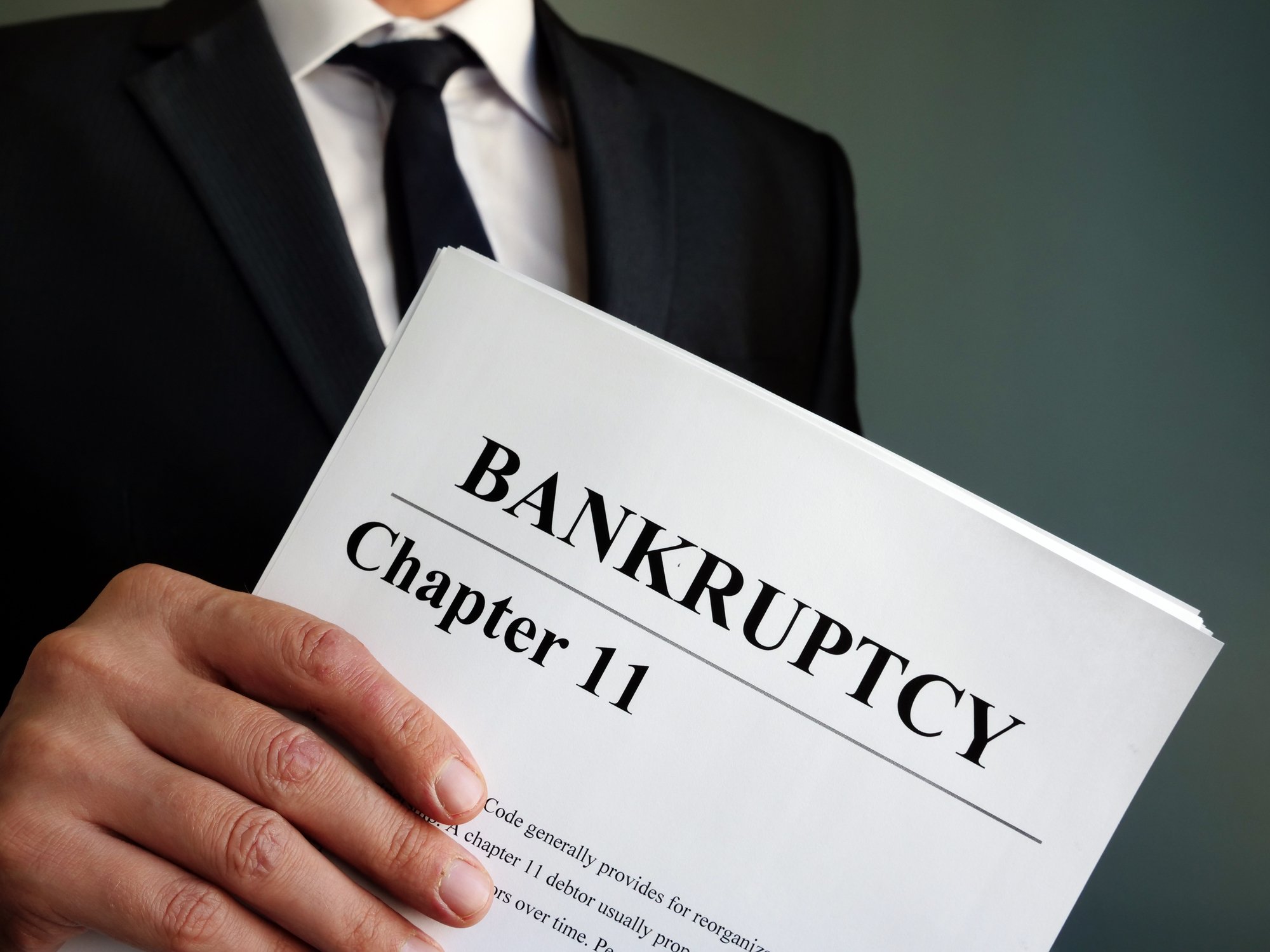This year hasn't been too kind to Chesapeake Energy (CHK +0.00%). The energy company's stock is down more than 35% so far this year, mostly because of the continued turbulence in the oil and gas market.
The company's investors, however, could get some much-needed good news this week when it reports its third-quarter results. Here are a few things to keep an eye on in that report.

Image source: Getty Images.
See if its oil production is on track with expectations
What makes Chesapeake's slumping stock price even more disheartening for investors is that this was supposed to be a transformation year for the company. That's because it acquired WildHorse Resource Development to help ignite its oil growth engine. It did just that in the second quarter, as oil output surged 36% versus the year-ago period. Overall, Chesapeake produced a record 122,000 barrels per day (BPD), which was 25% of total production, the highest percentage in its history.
The company, however, expected that its oil output would slip a bit during the third quarter to less than 120,000 BPD, mainly because of the timing of when it completes new wells. Its production should then reaccelerate in the fourth quarter. That has it on track to grow its oil output by 32% this year, and up to 26% of its total production by the fourth quarter. Ideally, the company will deliver solid enough results during the third quarter to remain on track with that forecast.
Check if its costs kept coming down
Aside from boosting its oil output, one of the draws of acquiring WildHorse was that the combined company would be able to do more with less. In Chesapeake's initial estimation, it expected that the merger would produce $200 million to $280 million of cost savings this year. However, after a strong start, the company now expects to save between $250 million and $280 million in 2019. Hopefully, the company will remain on track with that higher target, if not a bit ahead.
Likewise, the company sees costs in the Powder River Basin coming down as it benefits from higher production and the buildout of new infrastructure. In the company's estimation, gathering, processing, and transportation costs per barrel of oil equivalent (BOE) should average $8.53 per BOE during the third quarter, down more than 13% from the second quarter. Ideally, it will not only achieve that target but also stay on pace to hit its year-end goal of $8.45 per BOE in that region.
Look for any changes to its 2020 outlook
Chesapeake Energy gave investors a preliminary look at its 2020 plans during the second quarter. At that time, the company thought it would invest the same amount of money next year, which it would focus on drilling more oil wells. That would drive double-digit growth in oil output, while gas production would fall by a double-digit rate. It would also enable the company to make about the same amount of money, assuming oil and gas prices remained around their same level, which would likely result in it outspending cash flow again.
Energy prices, however, have weakened considerably in recent months, which is causing most drillers to cut spending so that they can produce free cash flow. Investors should therefore see if Chesapeake plans to follow in their footsteps and cut spending below its projected cash flow even if that means it won't grow. While that would mark a notable departure from its long history of outspending cash flow, it would be a welcome sign, as it would suggest that the company finally plans to go a more conservative route.
Hoping for some good news
Given Chesapeake's challenges, investors really want to see the company report some good news this week. Ideally, the oil and gas producer will deliver solid operational results with production and costs on track with its forecast, if not coming out ahead. Meanwhile, they'd be ecstatic if the company hints that it now plans to trim spending next year so that it doesn't drill itself into a deeper hole.






